Parasol mushroom and heavy metals…
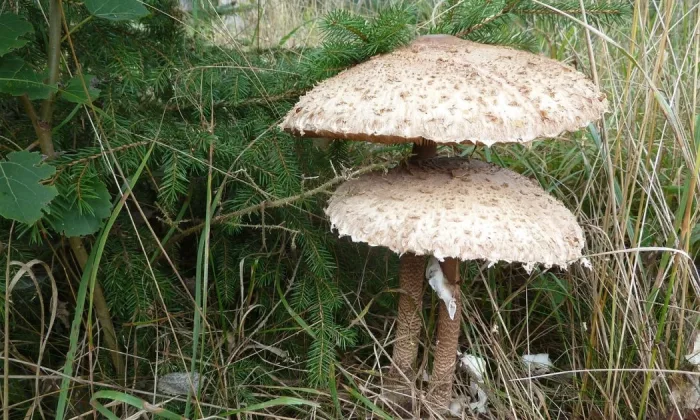
Whether you are a mushroom enthusiast or not, you most likely know one of the most famous mushrooms (Macrolepiota procera), the parasol mushroom. It is an edible mushroom with a unique taste and it is loved by many people. Many of us cannot imagine summer without fried parasol mushroom. But parasol mushroom also has a negative side – it accumulates heavy metals. We shall take a closer look at these unique mushrooms and examine the heavy metal situation.
Big mushroom you cannot miss
The size of parasol mushroom makes it pretty hard to miss. Only the pileus can reach 300 mm in diameter! All of us know the typical darker bump on the top. The rest of the mushroom is kind of creamy colour. The pileus of young fruiting bodies is usually completely brown. The stipe is thin and long, but the base is rather thick and the pods are white and quite tall too. Parasol mushroom has pure white flesh, sometimes little creamy around the pileus. It has a very pleasant smell, and worms do not particularly like this mushroom, which is always a good thing.
Plenty of uses
If you taste it raw it reminds you of hazelnut, but it has a quite unique taste when cooked or processed. In central Europe, parasol mushroom is mainly cut and fried on a pan, or breaded and then fried. Using butter with cumin for frying is also very popular. Parasol mushrooms absorb a lot of fat, so be aware of it. Some people stuff parasol mushrooms with various goodies and some people even use it with scrambled eggs. Mushroom powder is often made from parasol mushrooms. If you find young parasol mushrooms try soaking them in water overnight and the pileus will open.
And what about the absorption of heavy metals?
Just like any other mushrooms, fruiting bodies of parasol mushrooms can accumulate heavy metals. These include for example, mercury, cadmium or very rare alkaline earth metals. Parasol mushroom can also absorb Al, CA, Mn, MG, P from the soil. We may say that it is a natural indicator of heavy metals. While there are some concerns about the consumption of parasol mushrooms, they may not be entirely correct. It has been proven that the concentrations of the three elements are still within standard norms. For a person to develop health problems from consuming parasol mushrooms, he would have to consume approx. 300 to 500 g of this mushroom per day and for rather a long period of time and that is not so easy. On the good side, parasol mushrooms contain phenols which are important for the human body and have anti-inflammatory properties.
Photo: Pixabay

Gardening is my hobby, I have a lot of experience and I am happy to share it.
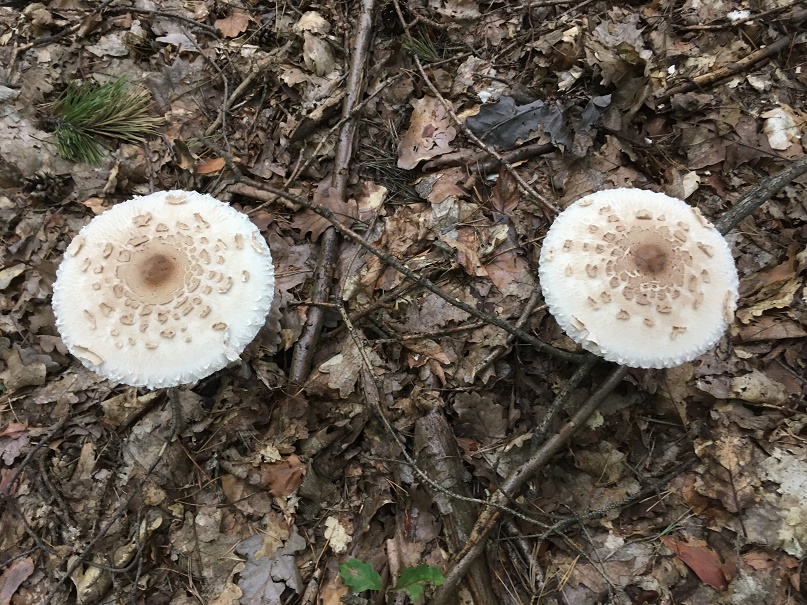
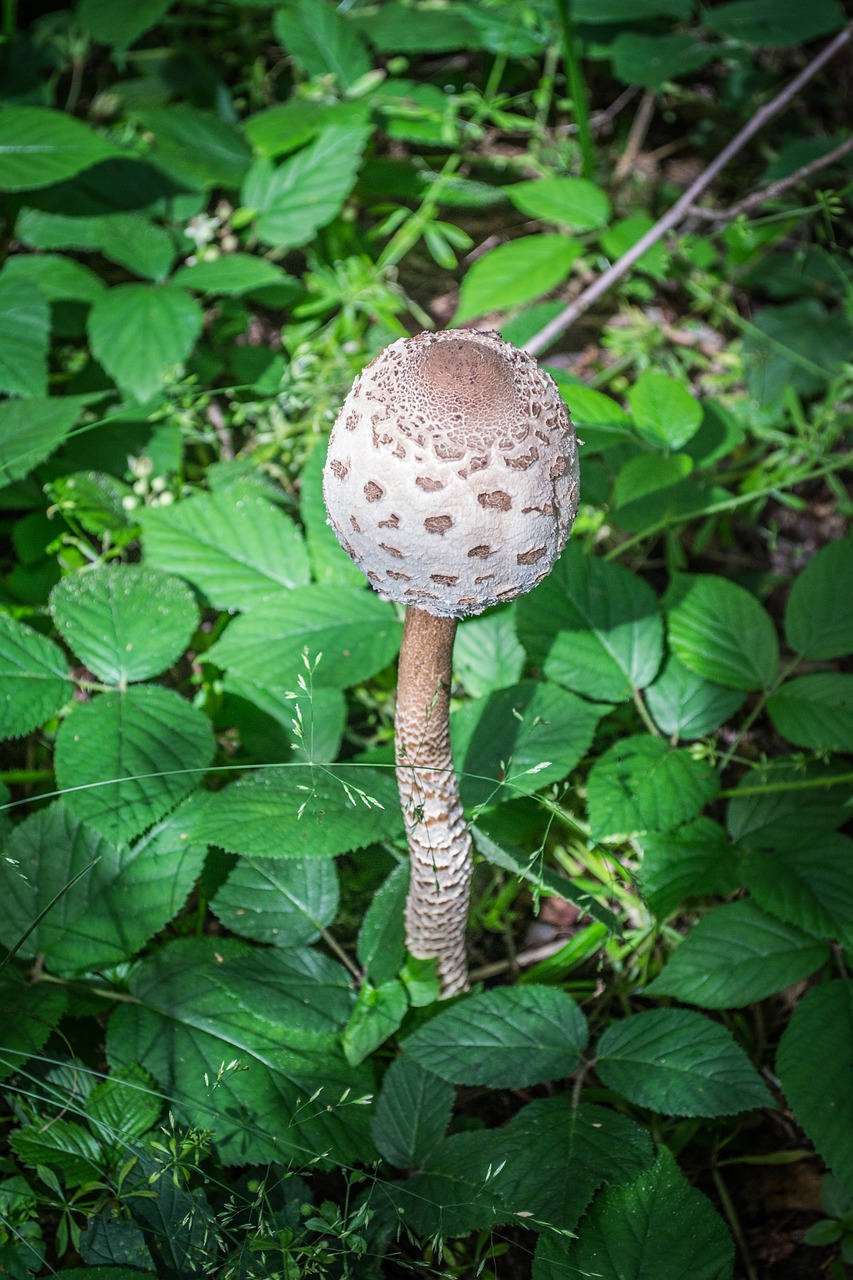




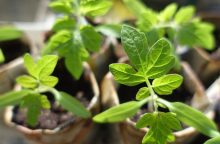
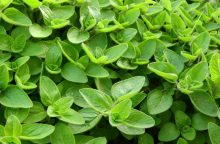


0 comments